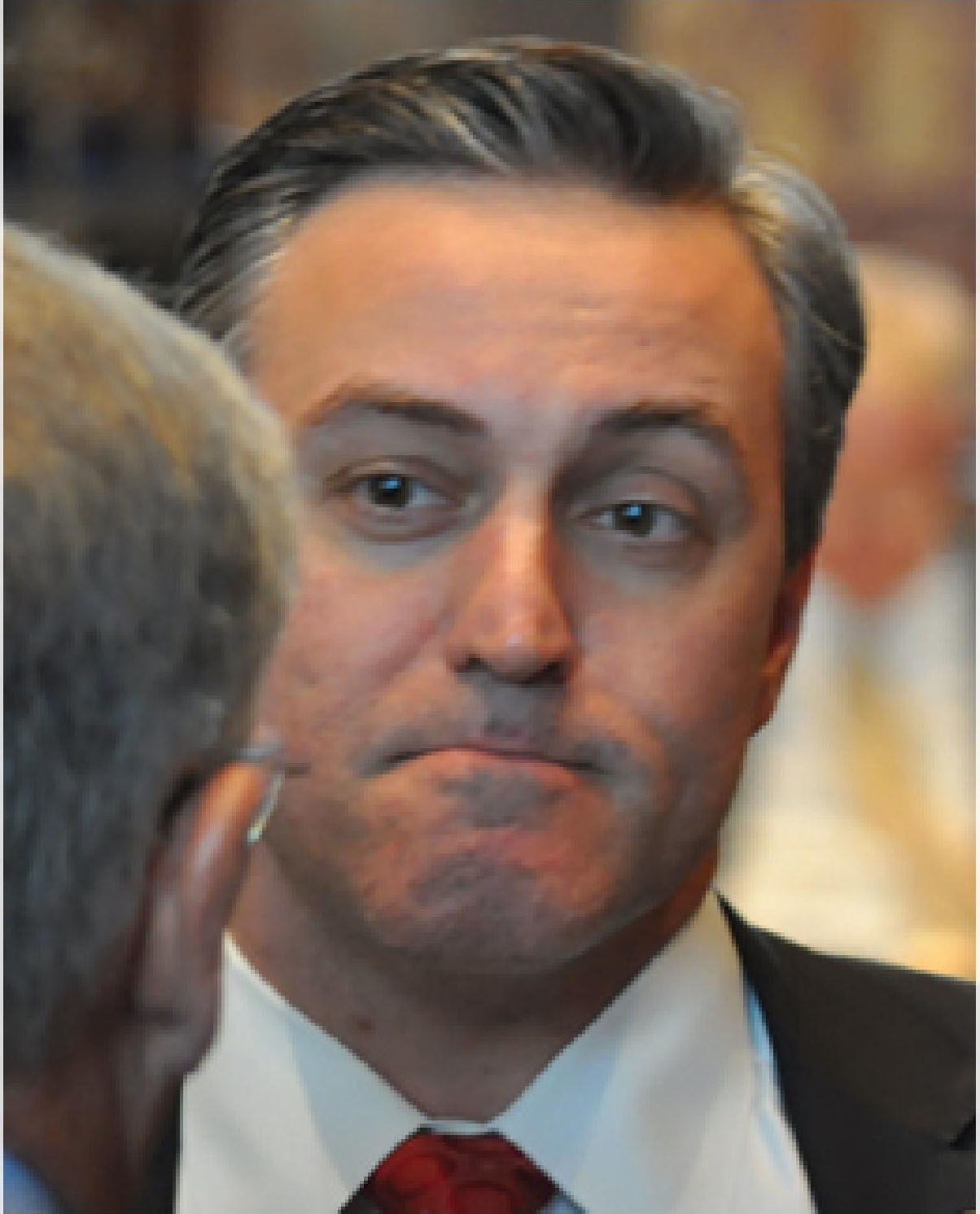
CHABERT IN ALTERCATION WITH COLLEAGUE AFTER DEBATE
May 25, 2018
THE ULTIMATE SUMMER BUCKET LIST
May 25, 2018According to the American Stroke Association, someone in the United States has a stroke every 40 seconds. That translates Into nearly 800,000 people each year. In addition, every four minutes, someone dies of a stroke. Getting that message out has been a primary focus this month as May is Stroke Awareness Month. Continued education on warning signs of symptoms is vital to prevention of one of the leading causes of death and disability in the United States.
Dr. Joseph Tarsia, Vascular Neurology. Costner Comprehensive Stroke Center, says the amplest way to help prevent a stroke is to take care of yourself and maintain a healthy lifestyle by eating veil and exercising daily.
A stroke occurs when a blood vessel in the brain “clogs” up, depriving brain tissue of blood and nutrients it needs The result is that thousands of brain cells begin to die almost immediately and that affects motor skills, coordination, speech and comprehension. It is extremely important that someone who Is showing signs of stroke remembers the acronym FAS.T. to lower the risk of death or disability:
Symptoms include: sudden onset weakness and/or numbness inane side of the body, difficulty speaking or comprehending others, shirred speech, facial droop, difficulty with vision, imbalance or severe headache.
For those individuals suffering from a stroke. Terrebonne General Medical Center (TGMC) and Ochsner Health System have partnered on a unique Telestroke Program, which joinsexperts from both facilities to consult immediately with Ochsner vascular neurologists 24 hours a day. 7 days a week. 385 days a year, using telemedicine equipment to determine the beat treatment options for stroke patients. The Ochsner Telestroke Program includes more than sa participating hospitals throughout Louisiana and Mississippi.
“In addition to tPA, this program has allowed us to immediately identify candidates who can be treated with a minimally invasive procedure called clot thrombectomy, allowing a trailed specialist to remove the clot directly. This procedure has been shown to make a marked recovery in the most severely disabling types of stroke. New evidence indicates that treating individuals within 24 hours from the onset of their symptoms still have an increased opportunity for improvement. With the Telestroke process, quick identification and taking steps down this pathway very early are critical for the good outcomes this procedure can provide,” says Dr. Tarsia.
“When every second counts, being able to offer this elevated stroke treatment program for our patients allows us to have improved outcomes and reduce complication rates that are four times higher than the national average,” explains Dr. Joni Claville. TGMC, Emergency Medicine physician. “Our goal is save lives by treating our patients right here, in their own community where it is easily accessible to them and this Telestroke Program helps us to do just that.”





